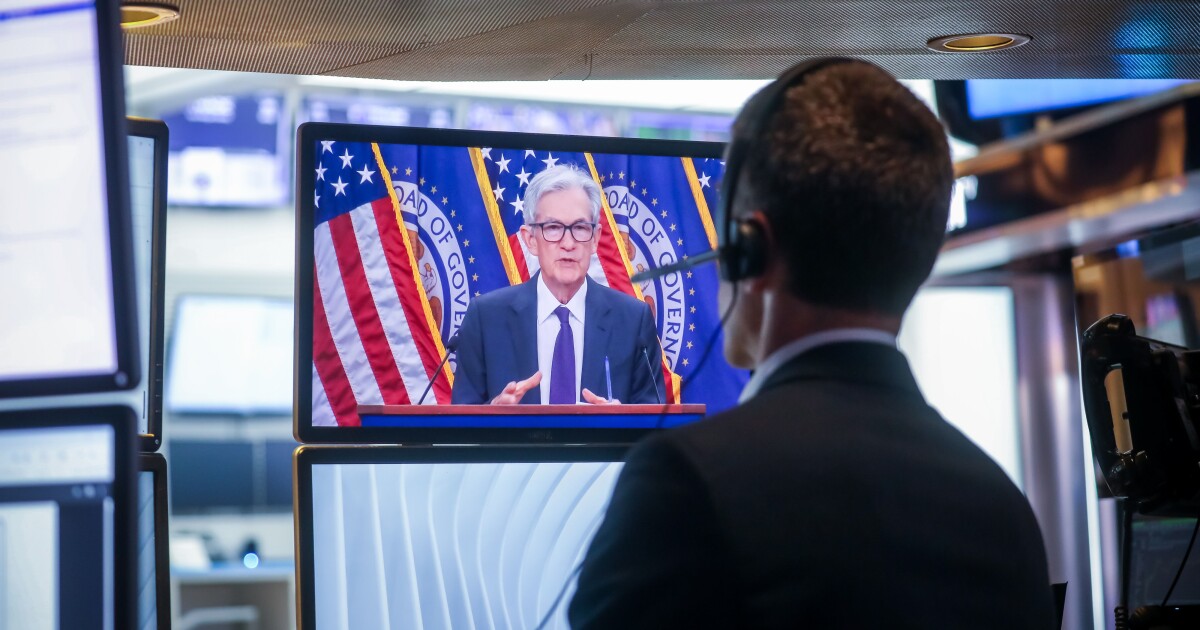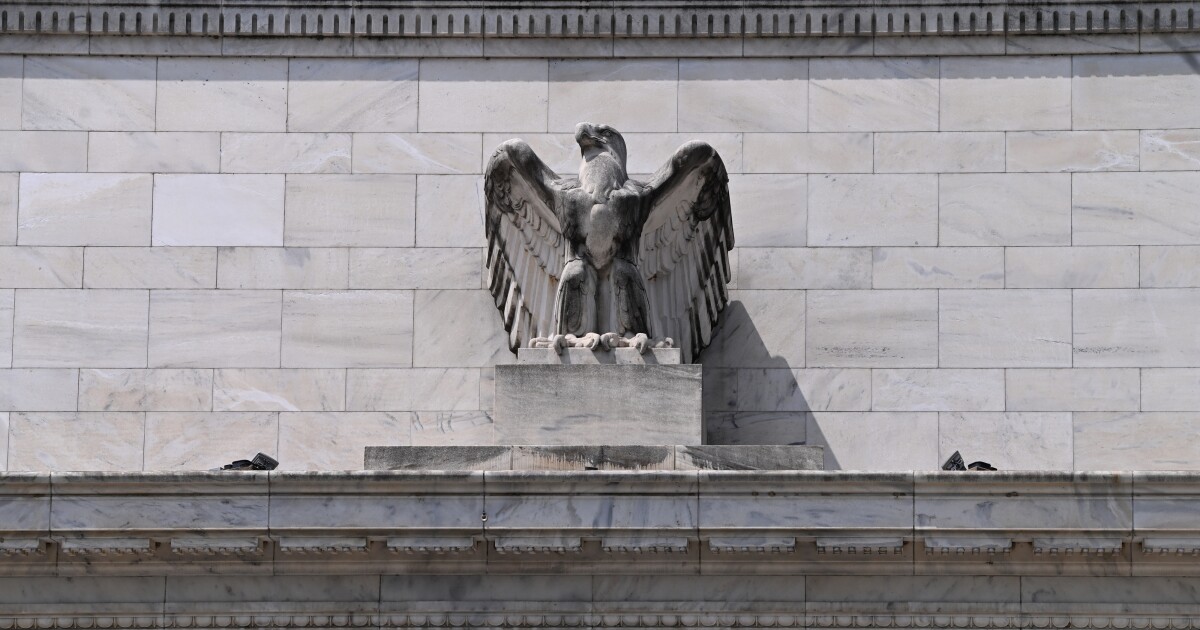
Bond traders' big bet that the Federal Reserve is poised to lower interest rates faces a key moment this week as Chair Jerome Powell gets a chance to weigh in on the economy.
Powell's speech on Friday at the central bank's
READ MORE:
Traders are confident that a weakening job market has opened the door to a more dovish tone from the Fed chair, although surprisingly hot inflation data gave some economists pause.
For now, investors expect that he'll refrain from upending their wager on a cut next month, while likely offering a reminder that officials' Sept. 17 policy decision will hinge on reports before that gathering to confirm that the labor market is cooling and that inflation is in check.
"He has the capacity to do something that's market-moving, but I'm not necessarily sure that he's going to," said Kelsey Berro, executive director for fixed income at JPMorgan Asset Management. Bond-market pricing is "still consistent with kind of a sub-trend, soft-landing environment. I don't think that they see a big reason to push back against the market expectations."
READ MORE:
Yields are lower across most maturities in August, led by the two-year, after weak July employment figures boosted bets on Fed easing. The result is that the yield curve has steepened this month, with the two-year rate settling around 3.75%, not far above its lowest levels of the past few months.
Treasuries gained Monday, with benchmark 10-year yields slipping three basis points to 4.29%.
Wyoming Surprise
That backdrop is adding to the focus on the Jackson Hole confab. Three years ago, Powell pushed short-dated yields higher with a warning that fighting inflation would bring
At the symposium last year, he signaled that the Fed was ready to lower borrowing costs from a two-decade high. Two-year yields
Some traders are bracing for a repeat of that decision. A series of large option trades have targeted a half-point move next month, even after the jump in producer prices. Those bets would become profitable if the market priced about 40 basis points of easing into the September meeting.
The intensifying clamor from President Donald Trump and others in the administration to reduce borrowing costs is helping fuel those bets. Powell has signaled for months that he needed time to see the impact of tariffs on inflation, and he's stuck to that stance in the face of Trump's efforts to strong-arm him into cutting.
"The Fed's under a tremendous amount of pressure," said Scott DiMaggio, head of fixed income at AllianceBernstein. "They're a little bit behind, but they've been waiting to see the impact of tariffs and what it's doing to the economy and to inflation."
The data has gotten to the point, according to DiMaggio, "where you can say, 'Yes, they should resume that rate-reduction cycle.'"
Decisive Data
Following Jackson Hole, the market will focus on August jobs data to be released Sept. 5 and whether it seals the path for easing next month and potentially flags the possibility of even a shock half-point cut. To be sure, several investors and traders said a move of that size is unlikely following the hot producer inflation report.
"Our sense is that it will come down to the jobs report," said Gregory Faranello, head of US rates trading and strategy for AmeriVet Securities. "If it's weak we'll price for 25 and don't believe Powell will fight it."
A faster pace of easing could well bolster the economy at a time when inflation remains stubbornly above the Fed's target, and with a potential fiscal tailwind ahead from Trump's tax-and-spending bill. Together with investor concerns about the administration's pressure on the central bank and the president's move to replace the leader of the Bureau of Labor Statistics, that could push money managers to demand a higher risk premium on longer maturities.
"Front-loading aggressive cuts requires the Fed to set aside any remaining upside inflation risks" and take the view that unemployment is biased sharply higher, said Ed Al-Hussainy, a rates strategist at Columbia Threadneedle Investment.



